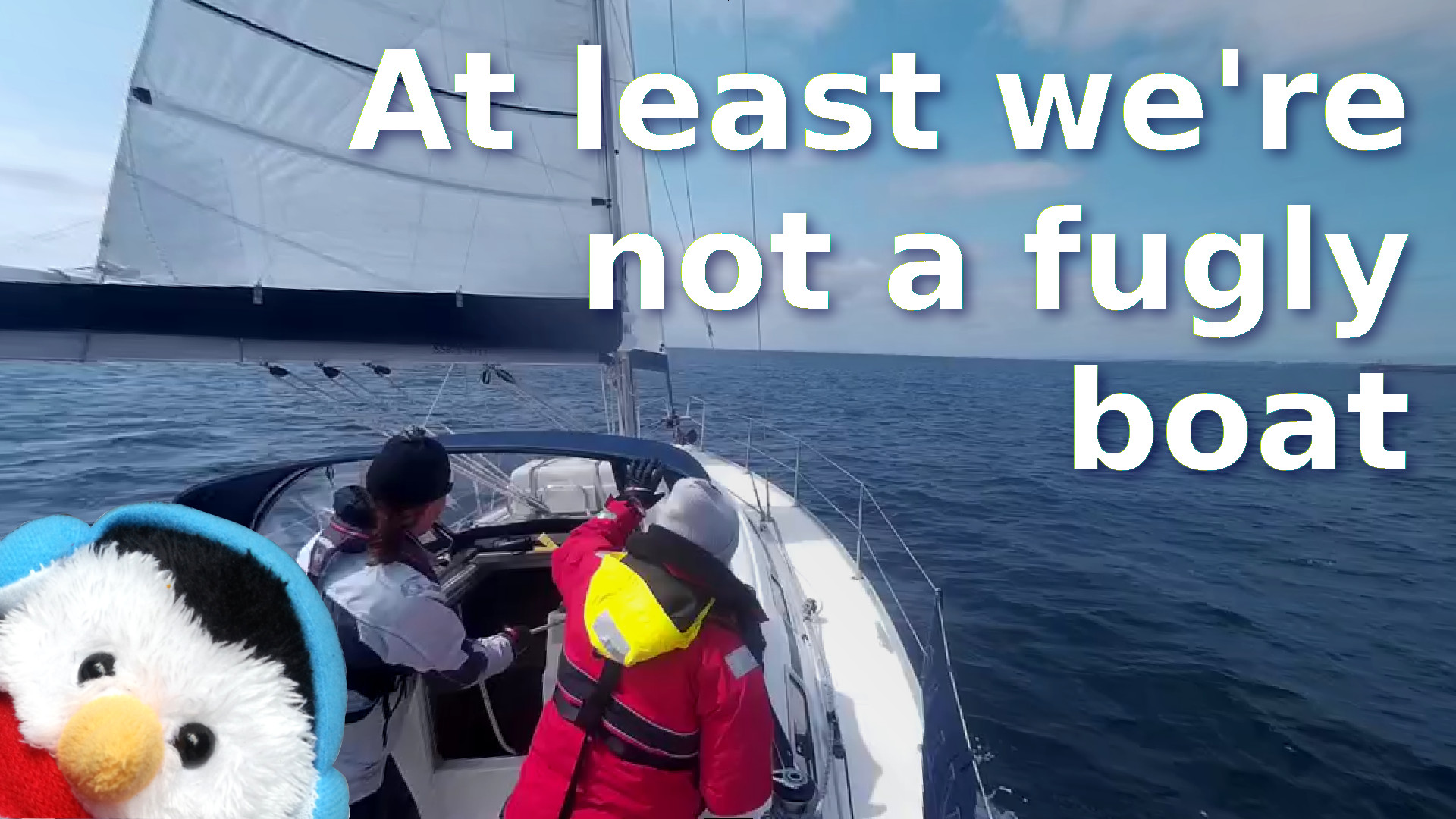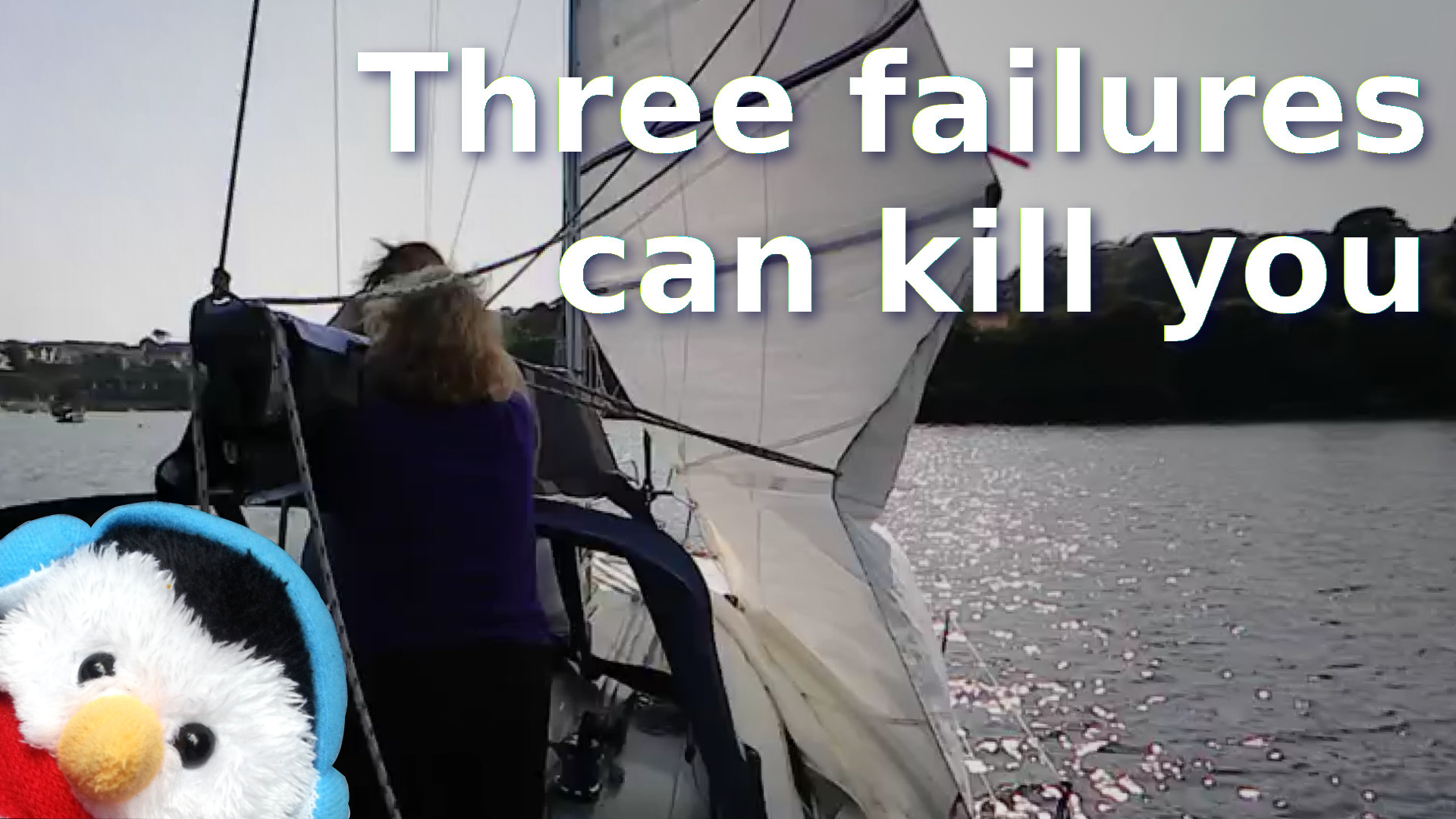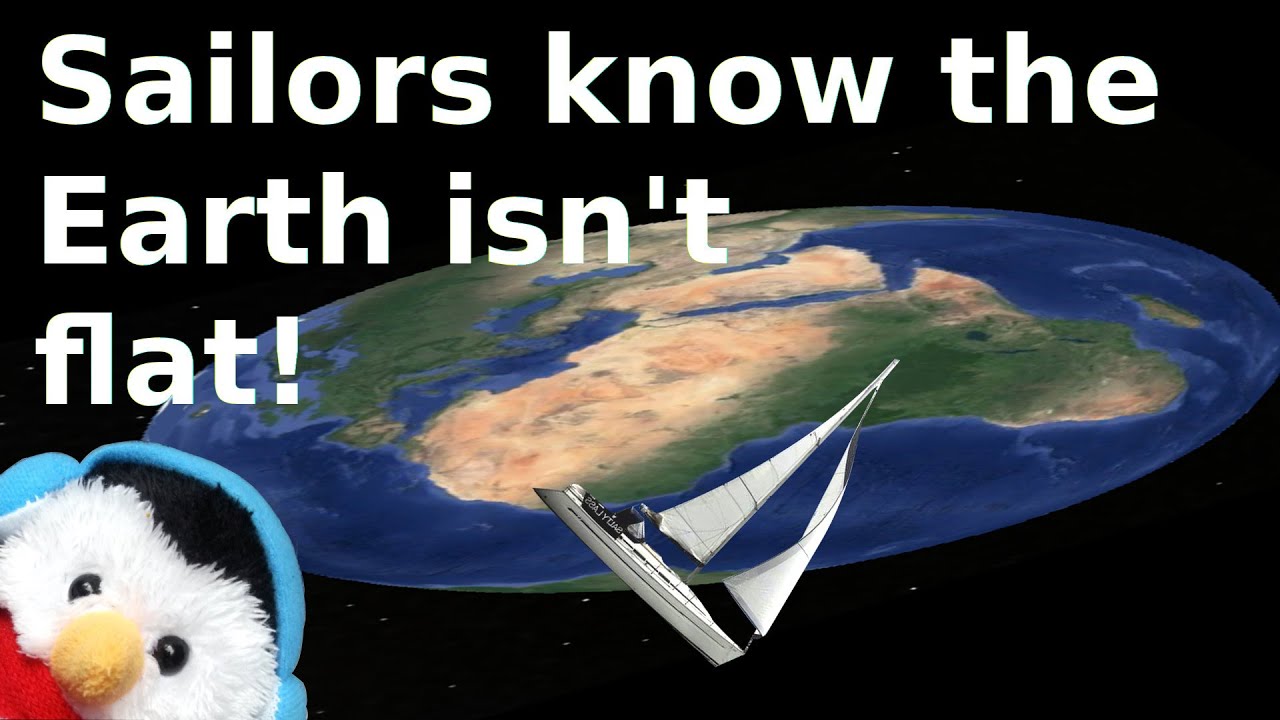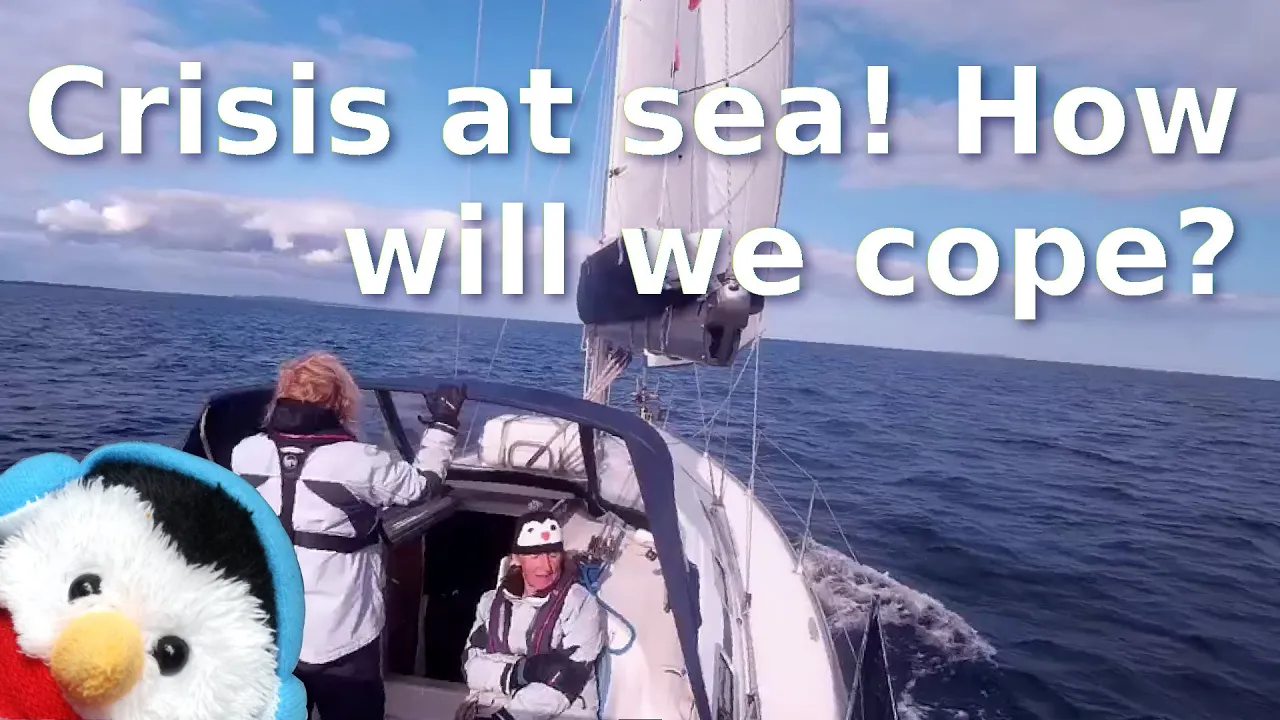We were in Arklow and after a days rest, sailing can really take it out of you, it was time to plan our departure over to Caernarfon bar. When, Beverley and I are looking at passages there are several things that we look at:-
- Daylight - Can we sail in the light
This is really useful because in the day time it is much easier to see hazards such as pots, overfalls and other issues that really need good light
For this particular passage, starting in the daylight and sailing through the day would mean that we would be trying to anchor around midnight, not a good idea - Tidal gates - Are there any part that has to be sailed through at a particular time
In this particular passage there was a tidal gate at Caernarfon, when you can only come in at ± 3 hours, so we timed our passage with this in mind which meant that it would be a night passage - Distinct Features - These can be overfalls, banks etc.
With this particular passage there was a bank just outside of Arklow and we could either go North or South of the bank, going South would add two hours to the overall length of the passage, so we went North. There was also some overfalls in the middle of St. George's channel and these were less to the South than the North, so after the bank, we decided to go straight across St. George's channel so that we kept the overfalls to the North. It was only once we were passed these overfalls that we would veer North - Tidal assist - What tides are working in that area
It's not very fuel efficient if you push against the tide so where we can we make sure that, we use as musch tide as we can. In this particular passage there we did start the passage with a foul tide but it was the last hour of the run, so the tide against would be minimal. After that we would be going across the tide so with some tide going North and some South. Because of the length of the passage, these tidal assists would effectively disappear
Once we have made our plan, we create way points, this is so that we can review our passage and monitor ourselves. We always like to have a buffer if we can and we now have a phrase for this which is bank it early. In our experience the more wiggle room the better.
Once we were out, we managed to get the sails up quite quickly, which meant that the sound that I like to hear which is the engine going off happened. I do like sailing, that is one of the reasons that we bought a sail boat. We managed to sail for about an hour before the wind died and we had to put on the engine, but we had the tide with us at this point, so we were using the tide to assist us at this point. When you are close inshore, one of the things that you really have to look out for is pots, which caused us a little bit of excitement on Salty Lass that we could really do without. To cut a long story short, although we left the pots to starboard, there was a long floating line between the prop, that we ran over. The pots moved which meant that we did snag the line, but luckily we did not catch the line with our propeller. I have to tell you that the incident got my heart racing and I was a wee bit on edge after wards, but it just sharpened our vigilance with regard to pots, which was a good thing as quite a few were submerged.
While we are sailing or motoring we try and have little things to do, like watching out for pots, or having little races. In this particular passage, our little race was between was the rain going to hit us first or were we going to get to a way point first. The way point was only seven minutes away but the rain came first and Beverley put us on track to the next waypoint two minutes early so that she did not have to be soaked. Once it starts to rain, we leave our autopilot in charge and we keep an eye on things from the steps.
A bit later on we skirted the edge of the overfalls which were marked well on the paper chart, but were very difficult to see in any of the electronic charts. It's one of the reasons that we still like the paper charts, they have detail on them that the electronic charts lack, or can only be seen at certain magnifications. I had got for a wee rest when we went through the worst of the overfalls and the first that I knew about them was when Salty Lass rolled me out of the bunk. So I set to and made a cup of tea, which I had to deliver through our little cockpit hatch. The teas would of gone everywhere if I had tried to deliver them any other way.
Once we had tea, I took over at the helm, as the night descended we tried several times to get the sails up, and at one point we did manage to sail, but we were going really slow and the hour that we had built up before dark was soon used up. On the good side Beverley and I both agreed that we would both be quite happy to sail at this slow speed if it wasn't for the fact that we had a tidal gate to meet.
Even with our slow part we got to the fairway buoy for Caernarfon, a little bit early, but only half an hour, so we felt happy with that. Beverley had won the toss to take us in, so I just kept an eye on everything. At one time the depths did get a wee bit shallow, but Beverley did a great job and we got through the passage. We got in so early that the battery in our rear camera ran out, which is a bit of a shame because Beverley did a great ferry glide into Caernarfon, but the rafting that we did afterwards was not the best so I am quite happy that we missed that one.













